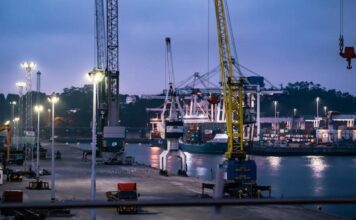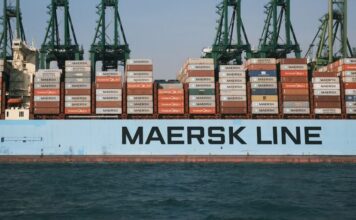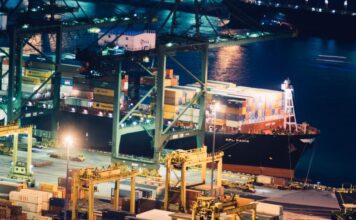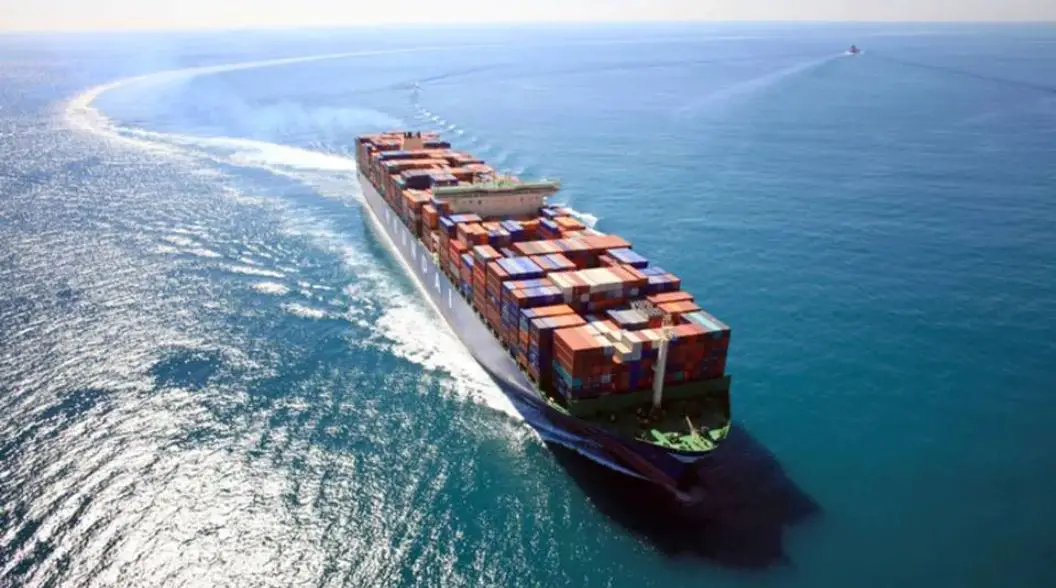Ship electricity or ship electrical power systems are one of the most vital systems of the ship. Without the ship’s electricity, the ship cannot perform its main duty of navigation and money-making loading and unloading operations. In order to understand the importance of the term Ship Electric, it will not be enough to examine it as a whole in one word.
Therefore, both words need to be studied separately. Here, the ship is taken not only as the vehicle but also as all the places needed during the transportation of the cargo from one place to another, such as piers, ports, loading and unloading terminals. Electricity, on the other hand, can be defined as a type of energy that we can use in different places by making use of the voltage difference that occurs during the movement of electrons.
How is Ship Electricity Produced?
There is more than one answer to the question of how ship electricity is produced. For example, it is possible to produce ship electricity with a diesel engine, a shaft generator or a steam-gas turbine generator. From the picture excerpt below, you can have an idea about the ship electricity production stages in general.
The production in the diagram above is a production phase for the ship only. Apart from this, without the need for such a situation in ports, shipyards or maritime enterprises connected to the port, electricity is used directly from land facilities, with a terrestrial electricity subscription as in homes.
Unlike terrestrial power generation systems, in ship power systems, the neutral phase end of the electric generator is not grounded or connected to the ship’s hull. Even if it seems like a serious fault in grounding, it is a requirement for the electrical cycle of the equipment on the ship to be completed and operational.
The electrical frequency used in ships is also among the topics of interest. For example, in terrestrial systems, electricity frequency may be 50 Hz or 60 Hz due to regional differences in the generated power. Even if the electrical frequency on ships is not precise, they are generally designed as 60 Hz so that low volume equipment can reach high speed. I want to repeat. It’s not a rule, it’s usually that way. There are of course exceptional cases.
Ship electrical voltage also differs from terrestrial systems in some aspects. The electrical energy, which is generally produced from generators at 440V voltage, can be adjusted to different values according to the characteristics of the equipment and region to be used. For example, 220V and 110V are required for some equipment and lighting, and 24V is required for some sensitive equipment and safe lighting systems. These different voltages are provided by different transformers on the ships and the necessary electrical voltage is provided to the necessary places.
Ship Electrical System Parts
While explaining the issue of electricity generation on the ship, I talked about the production of ship electricity by different methods. The electricity produced is transformed into a formation that can be used by passing through different sections. Ship electrical system sections are as follows;
Generator System
- Main Switchboard System
- Emergency Switchboard System
- Distribution System
- Generator System
We can accept it as the first starting point of the ship electrical system. The system consists of a drive driven by a diesel engine or a steam turbine driven turbine shaft, and an alternator system used to generate electricity from the rotating motion obtained therefrom.
Today, an additional shaft generator is used to take advantage of the movement in the main engines of some ships in order not to use an extra diesel generator in suitable situations suitable for the size of the ship.
In order to carry the power produced by this type of ship diesel generators , the electrical energy produced through the main busbars called busbars is transferred to the main panels and emergency panels.
Main Switchboard System
The main power plant on the ship, the place we call the panel, is considered as the main distribution center that receives its energy from the ship’s generator system and distributes it to other parts of the ship. With 440V voltage, it helps to power many critical equipment on board.








